51+ Sample Permission Slip Templates & Field Trip Forms
-

Permission Slip
download now -
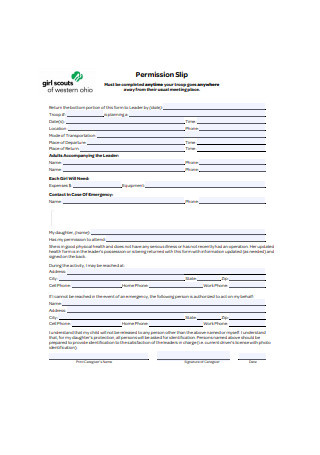
Sample Permission Slip
download now -
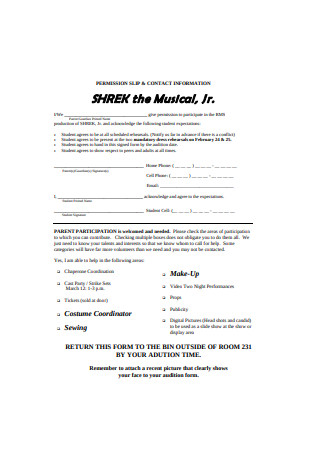
Contact and Permission Slip
download now -

Transportation Permission Slip
download now -
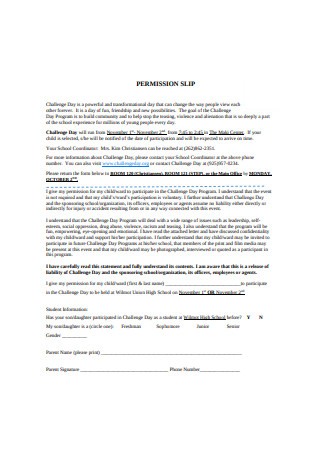
Permission Slip Format
download now -
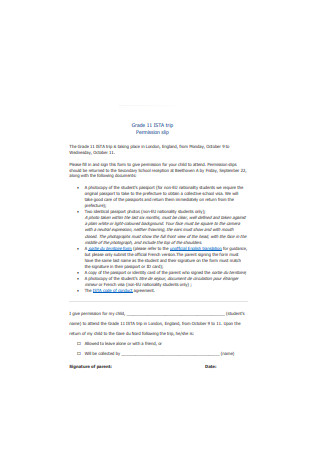
Permission Slip for School Trip
download now -
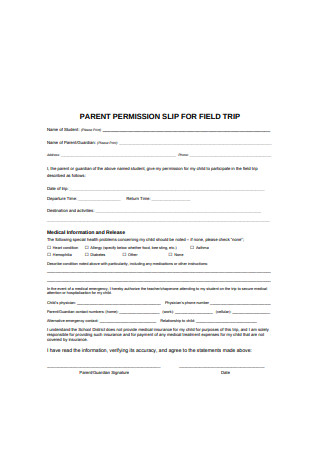
Parent Permission Slip for Field Trip
download now -
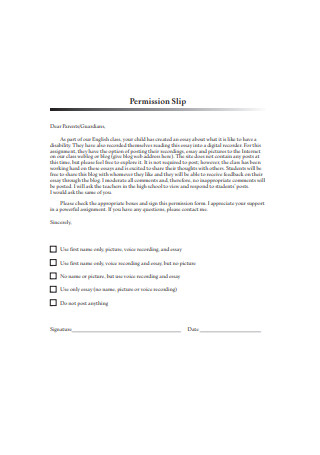
Permission Slip Example
download now -
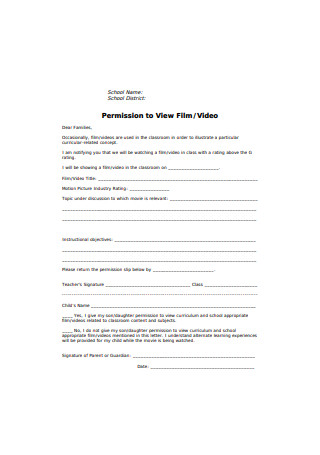
Movie Permission Slip
download now -
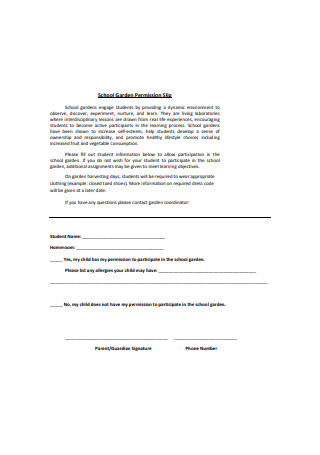
School Garden Permission Slip
download now -
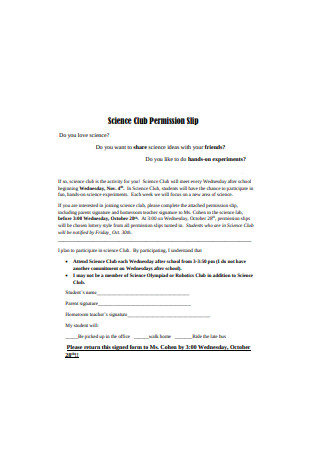
Science Club Permission Slip
download now -

Parent Permission Slip
download now -
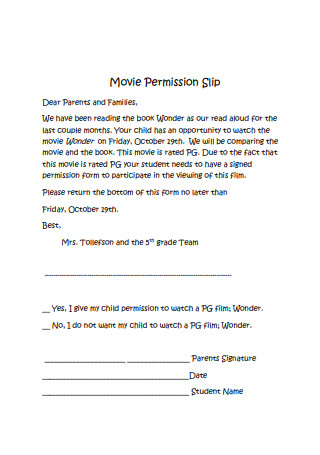
Movie Permission Slip Format
download now -
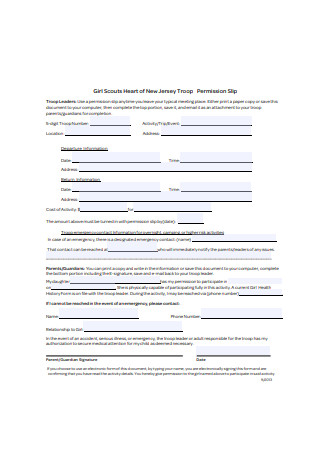
Sample Permission Slip Format
download now -
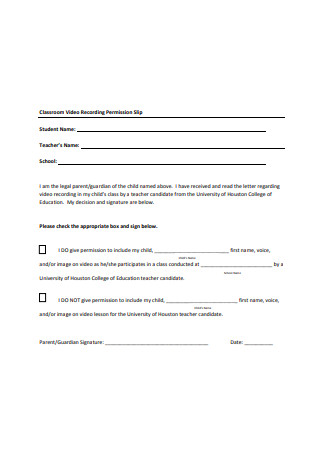
Classroom Video Recording Permission Slip
download now -
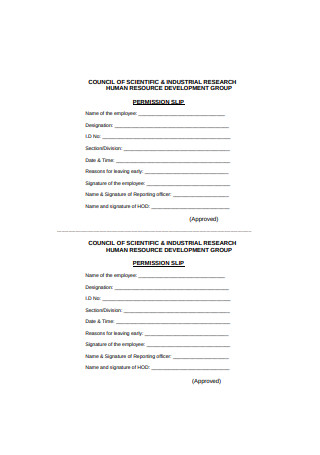
Basic Permission Slip Example
download now -
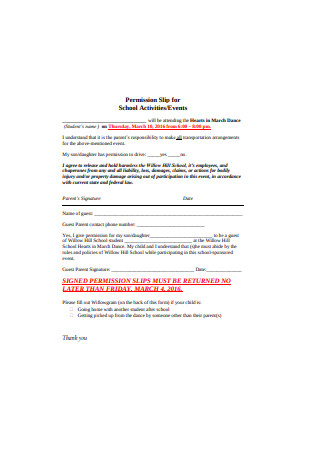
Permission Slip Sample
download now -
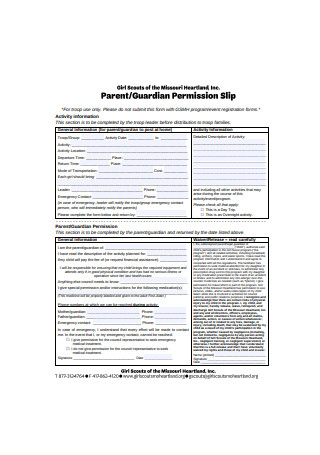
Parent Permission Slip Format
download now -
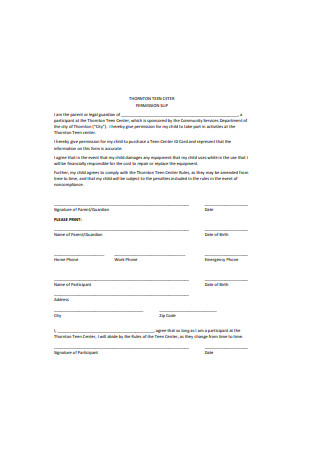
Simple Permission Slip
download now -
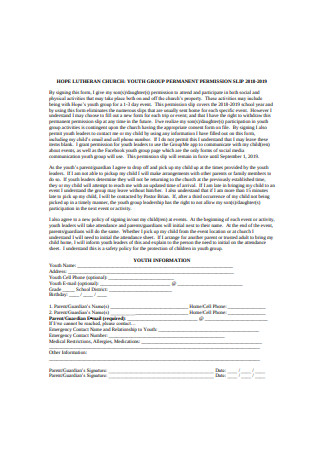
Standard Permission Slip
download now -
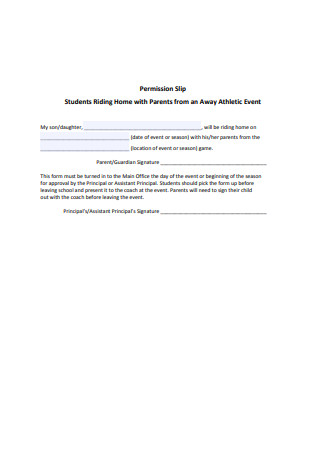
Basic Permission Slip Format
download now -
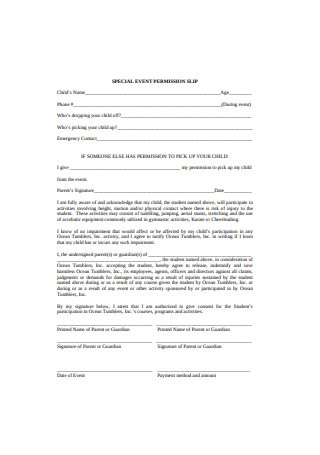
Event Permission Slip
download now -
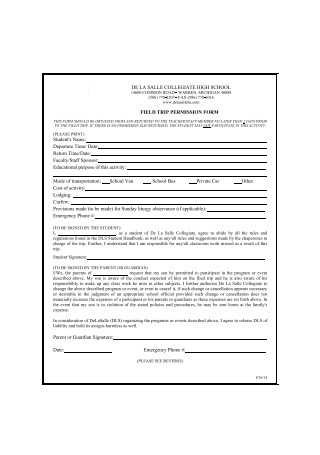
Field Trip Permission Form
download now -
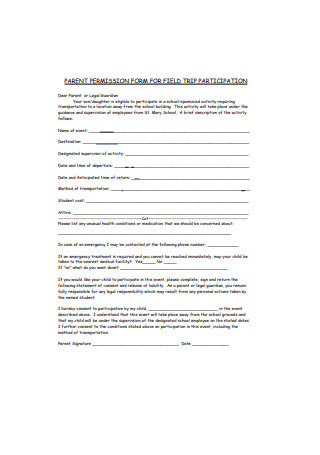
Parent Permission Form for Field Trip
download now -
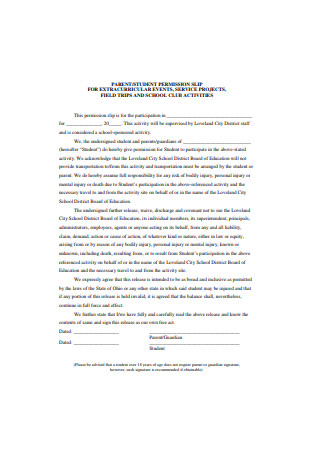
Parent Permission Slip Example
download now -

Sample Permission Slip Example
download now -
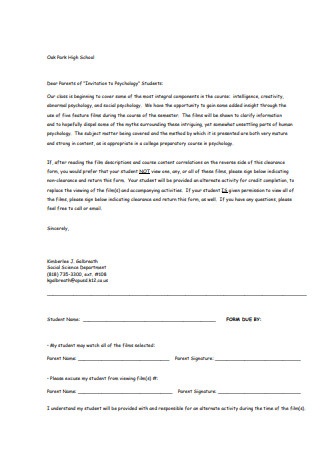
Film Permission Slip
download now -

Printable Permission Slip
download now -
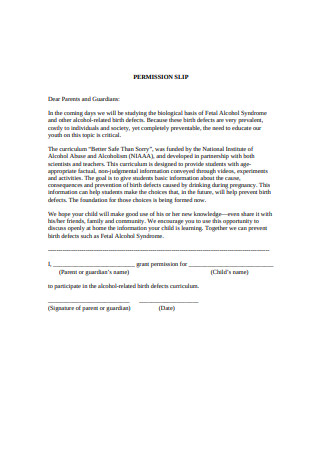
Standard Permission Slip Format
download now -

Parent Permission Slip Sample
download now -
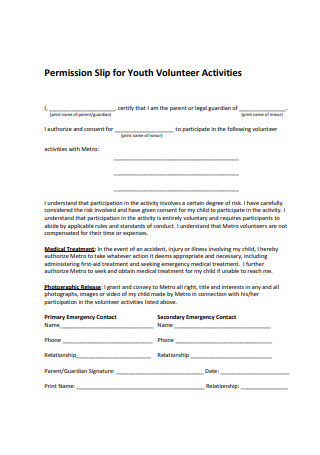
Permission Slip for Youth Volunteer
download now -
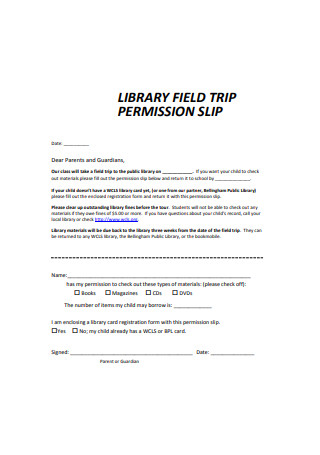
Permission Slip for Field Trip
download now -
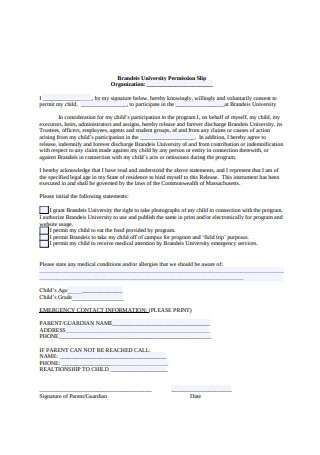
Printable Permission Slip Format
download now -
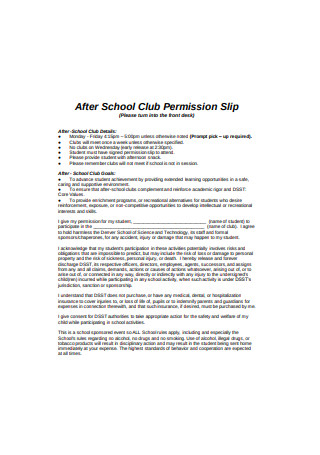
School Club Permission Slip
download now -
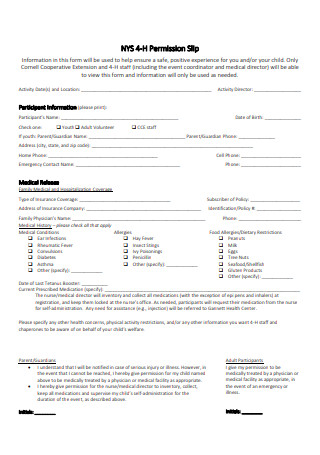
Standard Permission Slip Example
download now -
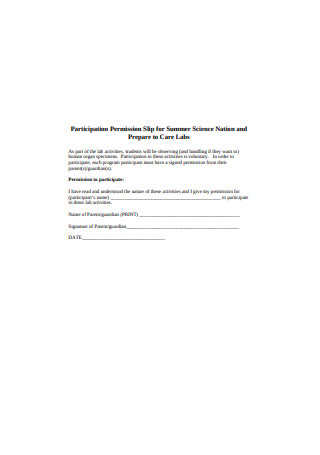
Participation Permission Slip for Summer Science Nation
download now -

Counseling Permission Slip
download now -
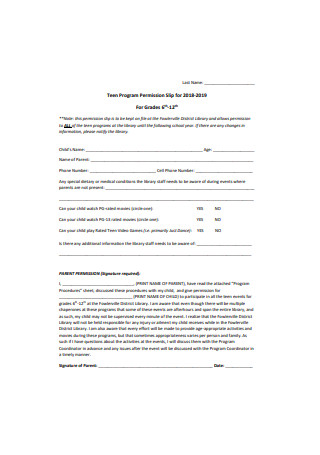
Program Permission Slip
download now -
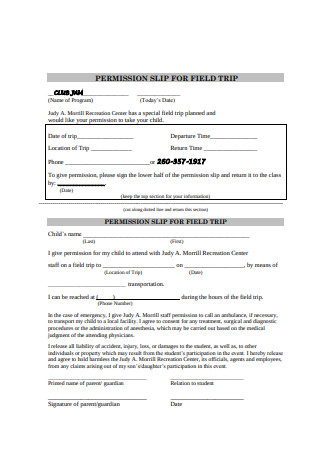
Sample Permission Slip for Field Trip
download now -

Permission Slip for Students
download now -
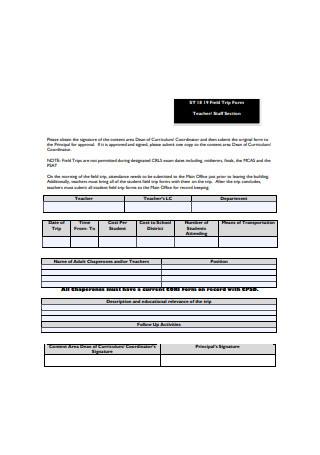
Field Trip Form
download now -
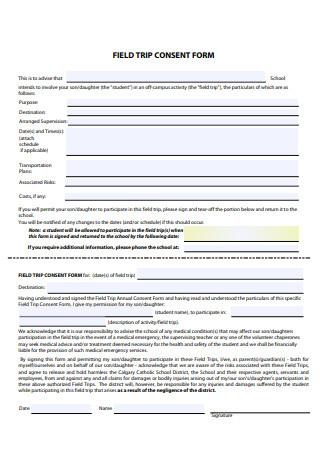
Field Trip Consent Form
download now -

Sample Field Trip Permission Form
download now -

Field Trip Parent Consent Form
download now -
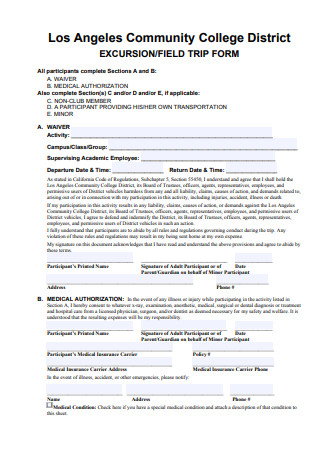
Sample Field Trip Form
download now -
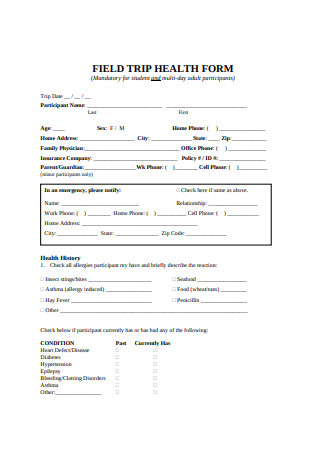
Field Trip Health Form
download now -
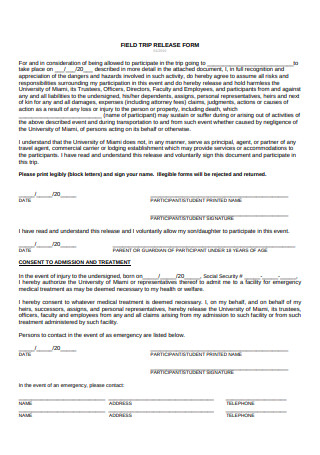
Field Trip Release Form
download now -
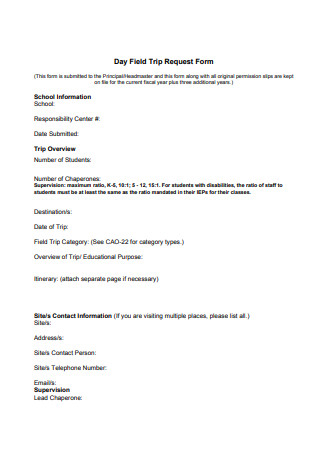
Day Field Trip Request Form
download now -

Field Trip Authorization Form
download now -
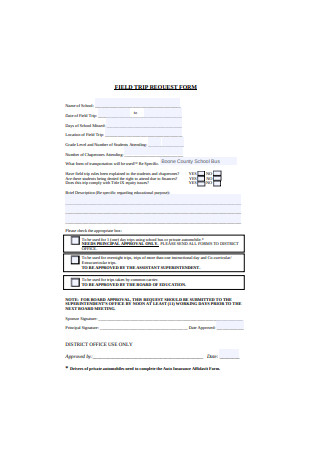
Sample Field Trip Request Form
download now -
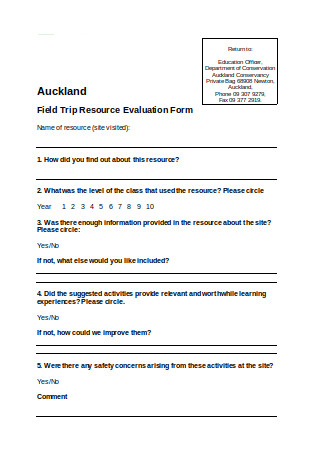
Field Trip Resource Evaluation Form
download now -
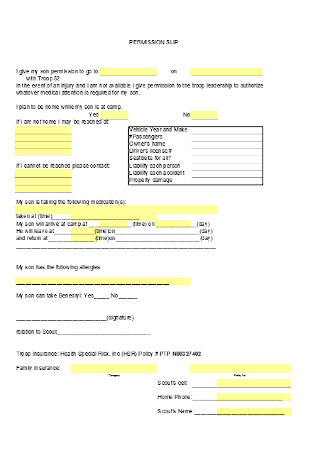
Sample Permission Slip Template
download now
FREE Permission Slip & Field Trip Form s to Download
51+ Sample Permission Slip Templates & Field Trip Forms
What Is a Permission Slip and Why Do We Need It?
Permissions Slips & Field Trip Forms: Who Becomes Liable?
What to Include in a Permission Slip & Field Trip Form
How Do You Obtain Consent When Using a Permission Slip & Field Trip Form?
What Is a Permission Slip and Why Do We Need It?
A permission slip, waiver, field trip form, or whichever you wish to call it, is a document that schools send to get a parent’s approval and allow their child to participate in activities under the care of the institution. It acts as an authorization letter, which permits the student to travel with another adult and receive medical attention in the absence of the child’s legal guardian. Schools may use permission slips for off-campus events, sports tournaments, and class trips. Not only does it keep parents informed about the activities their children are about to partake in, but it also holds students accountable for their actions. By documenting this on paper, it can serve as proof of an agreement between both parties to help resolve potential disputes down the road.
School administrators may collect a parent’s or guardian’s signature using a printed slip or an electronic permission slip, depending on the system that the district conforms to.
Permissions Slips & Field Trip Forms: Who Becomes Liable?
According to the American Alliance of Museums, museums around the U.S. accommodate about 55 million students on school trips every year. The truth is, what we read in books only gives us a glimpse of what went down in history. It barely scratches the surface of what our forefathers witnessed during the most prominent years of their generation. That’s why field trips to the museum are quite frequent, as it educates students about the stories behind national treasures, scientific discoveries, and social history that they don’t talk much about in school.
But trips to the museum are quaint and calm, unlike activities that involve physical work. Those that require extra effort do pose plenty of risks to everyone involved, which brings us to the question—what happens when a student gets hurt?
Schools won’t always have the funds to cover a student’s medical bills. Because of this, they use permission slips and waivers to ensure that parents are aware of the inherent risks that their children will face from the given activities. However, this does not excuse the school from acts of negligence in the event of a tragedy. Parents will still have the right to sue the institution in case of injury or damage during specific circumstances. This means that the permission slip only works to limit the school’s liability by carefully informing parents and guardians about the activity planned and the potential risks that come along with it. Think of it as a contract or agreement between two parties that clearly outlines the terms and consequences of a plan.
What to Include in a Permission Slip & Field Trip Form
What goes in a permission slip and field trip form?
Well, a lot more than you’d expect. Some details are pertinent to the trip that your audience will want to find for personal knowledge. The last thing you’ll want to do is to leave a child’s parents in the dark. Listed below are a few essential points you don’t want to miss.
How Do You Obtain Consent When Using a Permission Slip & Field Trip Form?
It’s only reasonable for parents to feel hesitant at first. Student injuries happen way too often during out-of-school trips. Based on the data gathered by the National Safety Council, about 5% of bus-related accidents resulted in the deaths of the vehicle’s passengers. And if accidents are prone to happen even at the start of the trip, who knows what could happen when the actual activities begin.
So to put their minds at ease and drive them to a favorable decision, take note of the following guidelines.
1. Include the Necessary Information
A lot goes into a permission slip and field trip form, and you’ll want to get these details right to earn the approval of a child’s parents or guardians. We’ve already discussed the essential elements in the previous section. Still, to give you an overview of what to highlight, these documents must include general information about the child and the school trip, as well as details concerning medical emergencies and legal consent. Enclosing these components in your request should keep readers from bombarding you with questions that your team failed to cover beforehand.
Note that both the permission slip and field trip form are the key that will allow the student to join the class trip. Otherwise, they should not be able to take part in the journey without documented evidence from the authorized party.
2. Ensure Adult Supervision
Even if you are hosting a tour for students ages 18 and above, parents and guardians will still find comfort in the thought of having someone chaperone the entire class. It could be another teacher, coach, parent, or relative, as long as the individual who will accompany the group is of the right age and condition to assist students at the time of need. It’s best to choose a person who is knowledgeable about various first-aid treatments and safety protocols in the event of an accident. You can also have someone with a highly trained background for the overall security of students, particularly during high-risk outdoor activities. That way, you can assure parents and guardians that their children are in good hands.
3. Make Communication Accessible
Most organizers discourage the use of laptops, cellphones, and other communication devices throughout the trip, unless completely necessary. While this intends to keep students focused on the educational aspects of the trip, as a parent, you can’t help but wonder whether your son or daughter is safe.
It’s ambitious for a parent to expect their child to stay in contact regarding their whereabouts when they’re on a trail that’s miles away from civilization. For that reason, the least that the school can do is to keep its line open for loved ones to reach out for updates. Consider doing daily postings on the school’s bulletin in addition to providing the school’s contact details.
4. Offer to Answer Questions or Concerns
There may be parts of these documents that you would need to clarify for further understanding. Since you won’t be able to explain everything on paper, try inviting the students’ parents or guardians for a brief orientation on what will transpire during the trip. If they forward some concerns about the welfare of the group, address them with a well-thought-out plan. In addition to your travel itinerary, the program should bring light to some of the doubts or complaints that stand against your efforts to carry out a fun, safe, and enlightening trip for all.
Most state laws require schools to provide proper documentation of off-campus trips and activities with parental consent. So thanks to permission slips and field trip forms, schools have the authority to organize a series of events for students, particularly minors, with their parent’s or guardian’s approval. It’s a simple document that is crucial in various settings, which is why it is essential for school administrators to carefully design and produce one if they wish to proceed with their plans. And with the guidelines presented, you should be able to gather signatures without much trouble.
